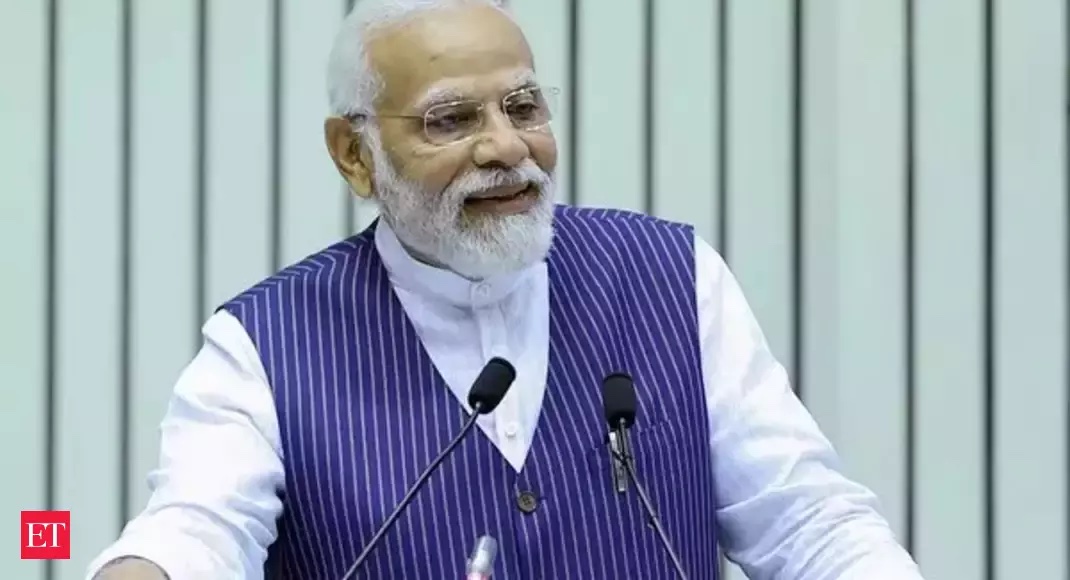
India and Guyana Sign 10 MoUs During Modi’s Visit, Strengthening Ties in Agriculture, Health, and Technology » Capital News
NEW Delhi, India Nov 26 – India and Guyana signed 10 Memorandums of Understanding (MoUs) during Prime Minister Narendra Modi’s visit, solidifying cooperation in agriculture, pharmaceuticals, cultural exchange, and digital innovation.
Cultural and Health Cooperation
To celebrate and preserve cultural heritage, a Cultural Exchange Programme (2024–2027) was signed, focusing on theatre, music, fine arts, literature, libraries, and museums. In the health sector, two key agreements were finalized: one on recognizing Indian Pharmacopoeia regulations to enhance medicine standards and another to implement the Janaushadhi Scheme (PMBJP), enabling the supply of affordable medicines to CARICOM countries.
Broadcasting and Defence
Broadcasting ties were strengthened through an agreement between Prasar Bharati and Guyana’s National Communications Network to exchange programs in culture, education, science, and sports. A defence-focused MoU between Guyana’s National Defence Institute (NDI) and India’s Rashtriya Raksha University (RRU) aims to boost education, research, and training in national security and defence studies.
Pharmaceutical and Regulatory Frameworks
A separate MoU in the pharmaceutical and medical sectors was signed to regulate raw materials, biological products, medical devices, and cosmetics, fostering a robust framework for dialogue and collaboration.
Digital Innovation and UPI Deployment
On the digital front, the INDIA STACK MoU establishes cooperation in digital transformation through capacity building, training programs, and pilot projects. Additionally, an agreement between NPCI International Payments Ltd and Guyana’s Ministry of Foreign Affairs focuses on deploying a UPI-like real-time payment system, promising to revolutionize digital transactions in the Caribbean nation.
The agreements highlight India’s growing engagement with Guyana, spanning critical sectors to enhance bilateral relations and foster regional development.
About The Author